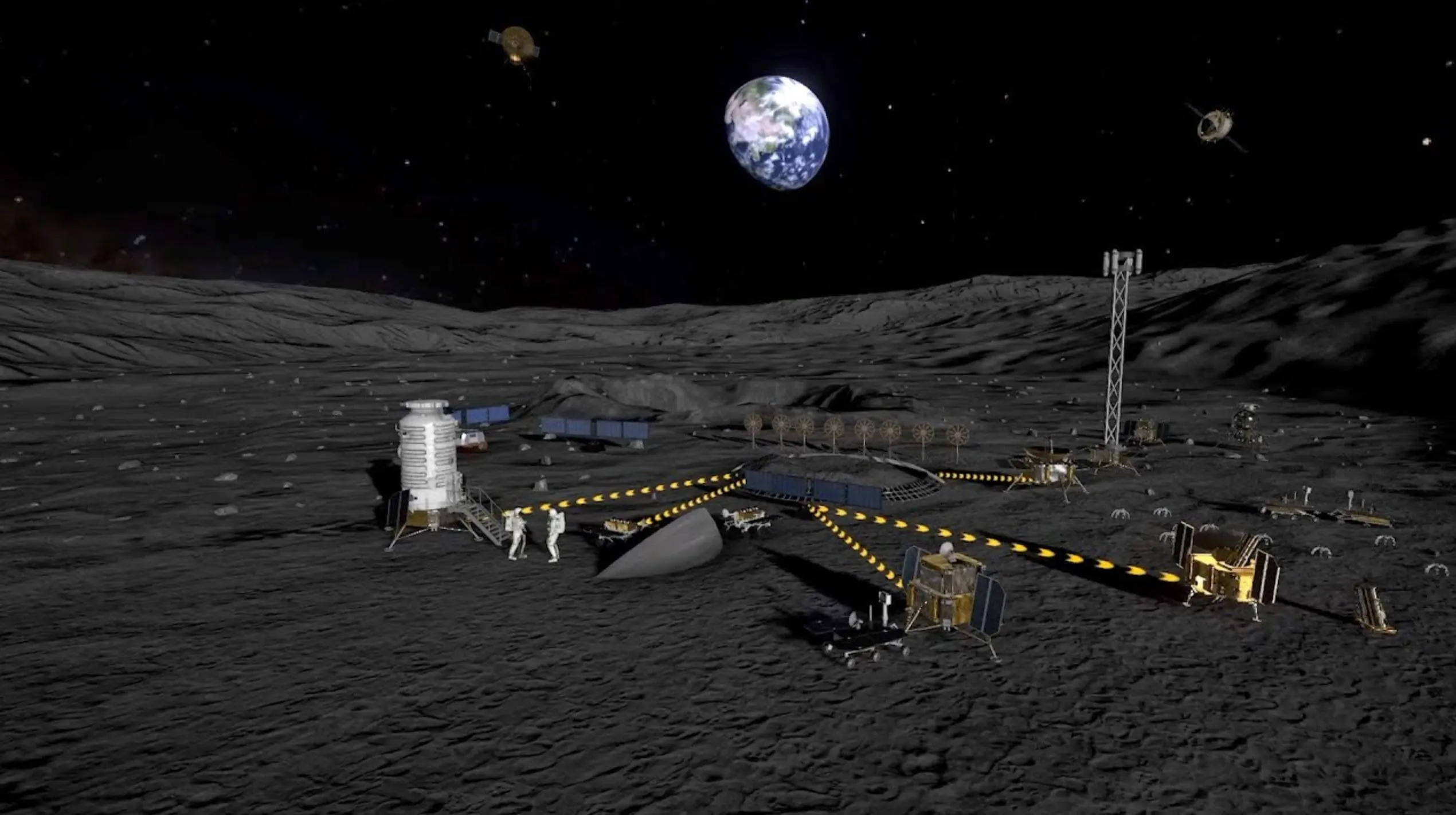By: Kingsley Wong
On June 25, 2024, China’s Chang’e 6 lunar probe made history by returning soil samples from the Moon’s far side, marking the first time materials have been retrieved from this unexplored lunar region. Named after the Chinese Moon goddess, the Chang’e 6 spacecraft launched from Hainan province on May 3, 2024. After a month-long journey, it landed successfully at the South Pole-Aitken (SPA) basin on June 2, 2024. The SPA basin, one of the largest and oldest impact craters in the Solar System, spans about 1,600 miles (2,500 km) in width and 5 miles (8 km) in depth.
The Chang’e 6 lander’s first task was to place China’s national flag, made entirely from basalt and measuring approximately 12 by 8 inches (300 mm by 200 mm), on the surface of the crater.
“Given that basalt is abundant on the Moon, we explored how it could be utilized as a high-performance inorganic fiber,” explained Cao Genyang, a professor at Wuhan Textile University.
Following this, the lander employed its drill and robotic arm to gather rocks and soil samples from the surrounding area and took high-quality images of the lunar surface. On June 4, 2024, the sample-carrying rocket launched from the Moon, entered lunar orbit, and docked with the Chang’e 6 orbiter to transfer the samples into the return capsule for their journey back to Earth.
The capsule carried about four pounds (two kg) of lunar material. It successfully landed in Inner Mongolia’s grasslands on June 25, 2024. It was promptly retrieved and transported to the China Academy of Space Technology in Beijing. Chinese officials intend to retain some of the soil and rocks for their own study while distributing the remainder to researchers globally for analysis. The global distribution of these samples will facilitate international research collaborations, potentially leading to groundbreaking discoveries in planetary science.
Scientists anticipate that these samples will provide crucial insights into the Moon’s far side evolution, the differences between the Moon’s near and far sides, and potentially the early history of the solar system. China’s future lunar plans include exploring the Moon’s south pole with the Chang’e 7 and Chang’e 8 missions, and eventually establishing a permanent base there by 2030.
China’s Chang’e 6 probe’s successful return of lunar samples marks a major milestone in space exploration, granting unprecedented access to the Moon’s far side. This achievement advances our knowledge of lunar geology, the Moon’s hemispheres, and the early solar system. China’s future lunar missions, including Chang’e 7 and Chang’e 8, and plans for a permanent base highlight its expanding role in space exploration.
This progress is expected to stimulate global interest and competition in lunar research, promoting international scientific collaboration.











